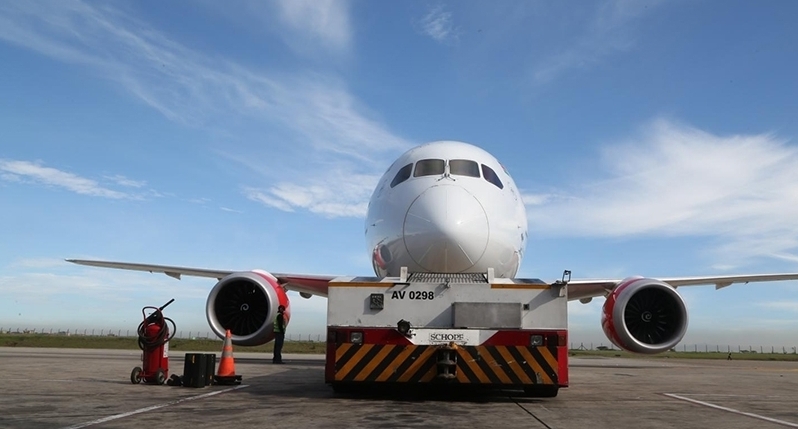Kenya Airways records revenue jump of 12% in 2019; cargo grew by 2.5%
Kenya Airways has recorded a 12.4 percent increase in revenue for the year ended December 31, 2019, from Kshs 114,185 million in 2018 to Kshs.

June 01, 2020: Kenya Airways has recorded a 12.4 percent increase in revenue for the year ended December 31, 2019, from Kshs 114,185 million in 2018 to Kshs. 128,317 million. The positive performance has been attributed to the expansion of the network, improved passenger, cargo, ancillaries, and other revenue streams.
“2019 was a commendable year where the airline continued to grow both passenger numbers and revenues compared to the previous year. We are definitely on the right flight path and although we experienced headwinds through the year, I am confident that we will continue hold steady and deliver on our commitment to turn around the airline” said KQ board chairman Michael Joseph.
In the year under review, the airline invested in new routes by introducing Geneva, Rome and Malindi to the network. This investment in new strategic routes contributed a 6.7 percent increase in passenger numbers to hit a record 5.1 million passengers. The Cargo loads grew by 6.3 percent from an uplift of 64,238 tonnes the previous year to 68,264 tonnes and a positive contribution to the bottom line of Kshs 0.2 billion. Cargo revenues grew by 2.5 percent.
During the period, KQ brought back two B787-8 Dreamliner aircraft to its operating fleet that had been previously sub-leased to Oman Air to support the new routes as part of the network optimisation. This led to the capacity deployed in available seat kilometres (ASKs) increase by 15 percent.
“The year was however not without its fair share of operational challenges and thanks to the airline’s business agility and sheer commitment to improving our service to our customers, the company’s resilience was once again demonstrated throughout the year” noted Allan Kilavuka, group managing director & CEO.
“We are committed running a sustainable business, with a renewed focus on improving our customer experience, reducing costs and curbing wastage, strengthening our operational efficiency, stabilising the organisation, profitable growth, and engagement with all our stakeholders” added Kilavuka.
Expenses resulting from the opening of new routes saw direct operating costs go up by 7.9 percent, from Kshs 75 billion to Kshs 80.9 billion. The return of the 2 wide bodies contributed to increased fleet costs and a reduction in the previously collected lease fees.
Despite the increased flight frequency, the group maintained low fuel costs through a combination of its hedging program in addition to favourable global fuel prices. The fuel costs during the year in review stood at Kshs 33.2 billion, a marginal 0.4 percent increase from Kshs 33 billion incurred during the same period last year.
“Going forward, it will not be business as usual as the aviation industry will see significant changes as a result of the Covid-19 pandemic. We therefore must stay ahead of the curve to ensure we are ready to create many opportunities for growth and leverage all the others that come our way” concluded Kilavuka.


